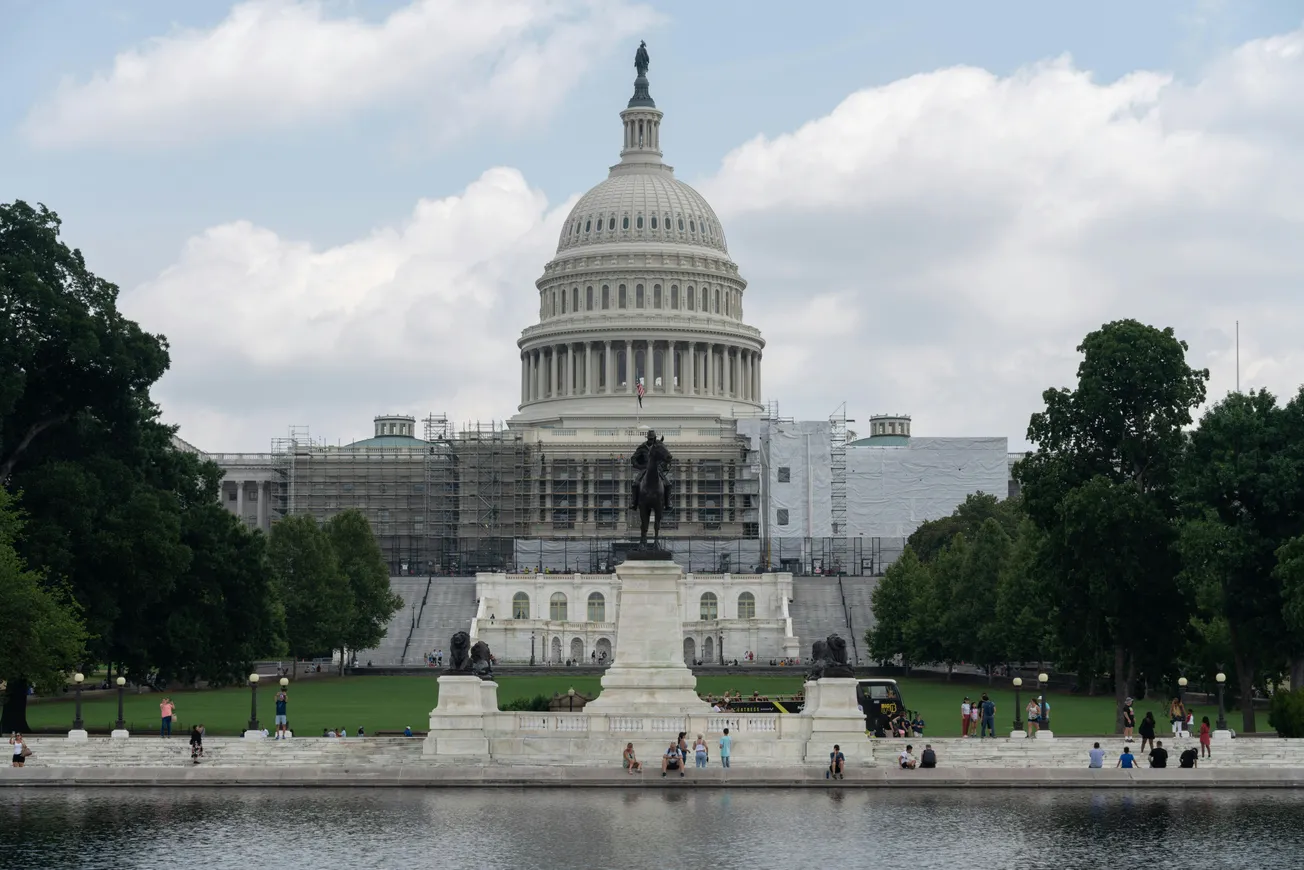The Congressional Budget Office (CBO) has revised its forecast of the fiscal impact of the tariff measures implemented by Donald J. Trump’s administration, lowering the anticipated deficit‑reduction outcome by approximately $1 trillion over the next decade.
Initially, the agency had estimated the tariffs — enacted between January 6 and November 15 — would reduce the federal deficit by around $4 trillion if maintained through 2035. Under the latest update, that figure is revised downward to about $3 trillion, comprising roughly $2.5 trillion in primary deficit reductions plus approximately $500 billion in lower government borrowing costs.
The adjustment stems from updated data on import volumes and tariff compliance, as well as policy changes and legal challenges to the tariff regime. Among factors cited: the persistence of unaffected imports — more than one‑third of U.S. imports remain out of scope — and the possibility of future shifts in administration trade policy.
For stakeholders in the retail and supply‑chain sectors, these findings carry several implications.
First, the reduced fiscal windfall may limit how much tariff‑derived revenue can be counted on for other government initiatives or rebate‑style programs.
Second, the revision reinforces the uncertainty surrounding long‑term planning for importers and exporters, since tariff burdens and consumer price pressures may still apply even as the projected gains shrink.
Finally, the update may affect investment decisions tied to reshoring, manufacturing incentives or tariff‑driven supply‑chain shifts.
While the administration has argued tariffs strengthen U.S. manufacturing, create revenue and improve trade balances, critics highlight that higher consumer prices, business margin pressure and uncertain policy direction temper the net benefits.










